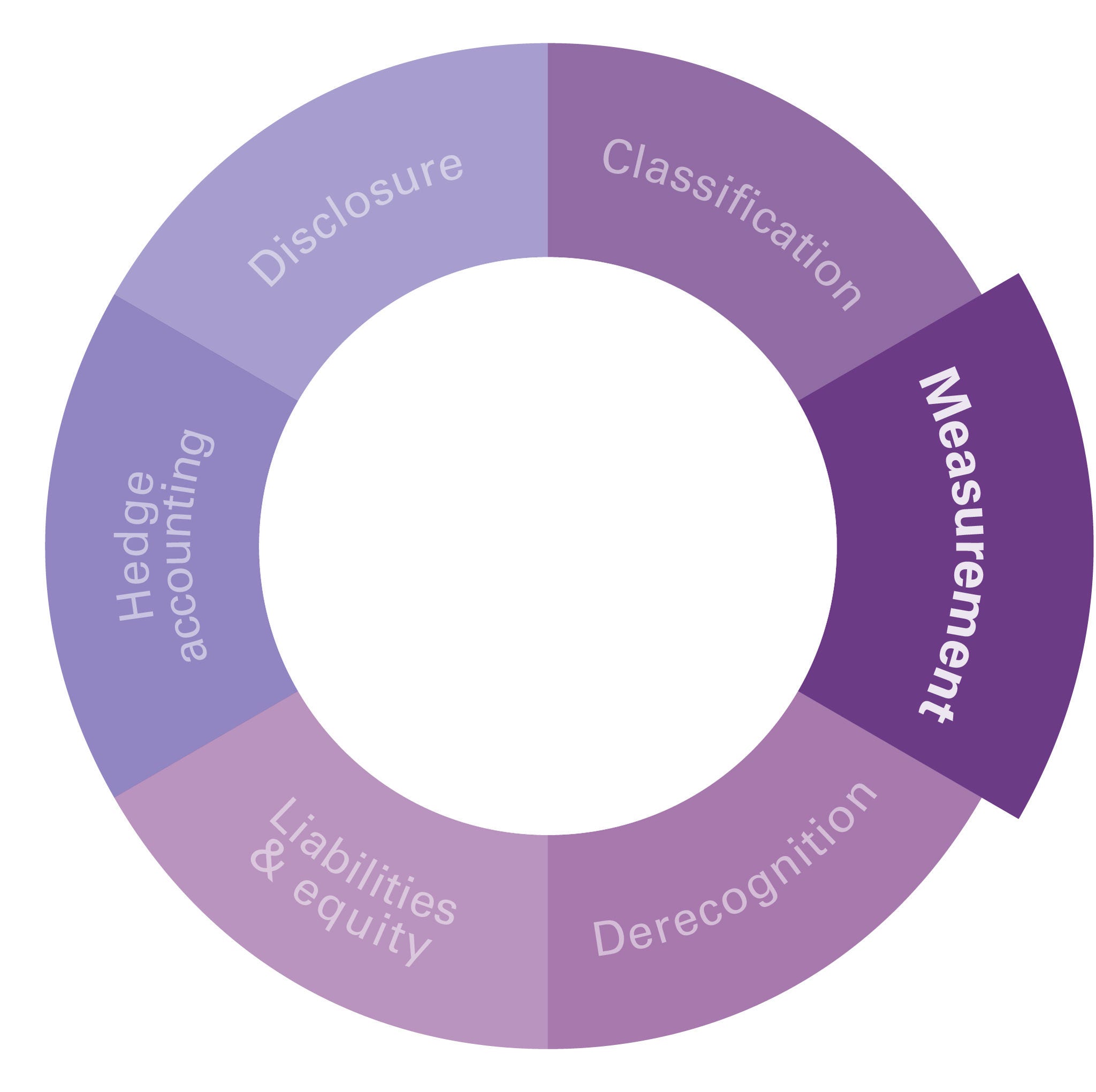AASB 9 Financial
When accounting for loan renegotiations, fees and costs incurred by borrowers may impact the assessment of whether the change in terms is substantial. To assess quantitatively whether the change is substantial or not, borrowers perform what is known as 'the 10% test'. In this article KPMG discusses what costs and fees are included in the performance of this test and highlight some other key considerations relating to the subsequent accounting for modifications that are deemed non-substantial.

Scenario
Company P has a $10 million loan from a bank with the following key terms:
- 5 years remaining on the loan.
- Fixed interest rate of 7% p.a. (monthly interest of 0.583%).
- Monthly payments of $58,333 with $10 million principal due on maturity.
- Significant penalty applies if the loan is repaid prior to maturity.
Company P successfully renegotiates the terms of the loan, and the bank agrees to reduce the interest rate to the current market rate of 5% (monthly interest of 0.417%). In doing so, it incurs the following costs and fees:
- Modification fee charged by the bank of $15,000.
- Fees payable to an external adviser assisting P with the loan renegotiation of $18,000.
- Bank legal fees, paid directly to the bank’s lawyer of $12,000.
- Internal costs of $13,000 relating to time spent by staff assisting with the renegotiation.
As a result of the modification, Company P is required to assess whether the modification is substantial or non-substantial. The modification is substantial if the present value of the cash flows under the new terms differs by at least 10% from the present value of the remaining cash flows under the original terms, which is $10 million in this scenario (the so-called '10% test').
Q&A series
In this scenario, only the modification fee charged by the bank of $15,000 and the bank legal fees of $12,000 should be considered for the purposes of the 10% test. This is because only these amounts are paid by Company P to, or on behalf of, the bank.
$9,185,300
This is calculated as $9,158,300, being the present value of the revised future cash flows based on the new interest rate of 5% p.a. discounted using the original effective interest rate of 7% p.a., plus the $27,000 of costs incurred (see Question 1) at the date of modification.
Compared to the present value of the original cash flows of $10 million, the difference is less than 10% (8.15%). Therefore, the change in terms is considered a non-substantial modification.
$9,113,300
The new carrying amount of the liability is calculated as $9,158,300, being the present value of the revised future cash flows discounted using the original effective interest rate1, less directly attributable transaction costs of $45,000.
At the date of modification, there is a gain of $886,700 ($10 million less $9,113,300) recognised in the income statement2.
7.11%
The original effective interest rate is adjusted for transaction costs incurred at modification date, as these transaction costs adjust the carrying amount of the liability and are amortised over the remaining life of the modified loan.
Footnotes
- Given that the modification is non-substantial, the carrying amount is based on the original effective interest rate.
- The directly attributable transaction costs are capitalised as part of the new carrying amount and amortised over the remaining term of the modified loan. This includes the modification fee of $15,000, external advisor fees of $18,000 and the bank’s legal fees of $12,000. The $13,000 of internal costs are expensed in profit or loss as they are not directly attributable incremental costs.
Getting technical
For the purposes of the quantitative assessment, a borrower includes amounts paid or received between the borrower and the lender, including any amounts paid on the other’s behalf. [AASB 9.B3.3.6*]
If the exchange or modification is not accounted for as an extinguishment, i.e. because it was deemed non-substantial, any costs or fees incurred adjust the carrying amount of the liability and are amortised over the remaining term of the modified liability. [AASB 9.B3.3.6A*].
Transaction costs include only costs that are directly attributable to the acquisition or issue of the financial asset or financial liability. [AASB 9.5.1.1]
*As amended by AASB 2020-3 Amendments to Australian Accounting Standards – Annual Improvements 2018-2020 and Other Amendments, which is effective for annual reporting periods beginning on or after 1 January 2022 with early application permitted.
Find out more
More financial instruments Q&A
- How does a borrower account for a waiver of loan repayments?
- How does a borrower account for loan repayment holidays obtained during the COVID-19 pandemic?
- When do loan modifications result in derecognition?
- How does a borrower account for a modification to a prepayable fixed rate loan?
- What is the impact of modifying a floating rate loan?
- How do new costs and fees impact modification accounting?
- Does the effective interest rate change with non-substantial loan modifications?
- How does a borrower account for loan renegotiation costs?
- How are unamortised transaction costs accounted for on loan modification?




